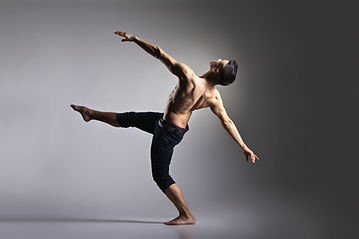Dance Disciplines
Ballet
Ballet has been around for over five-hundred years and to this day is still a prevalent dance form. Dancers have the option to work with a set syllabus, further their technical skill and take it to the next level in contemporary ballet. Through ballet dancers can expect to merge their technical skill and performance over time to become the story tellers and artists that they have dreamed to be.

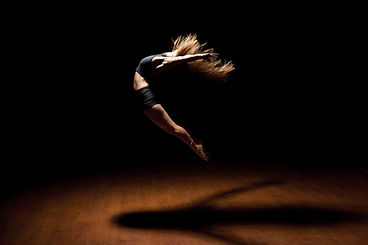
Jazz
Jazz has been influenced by many dance styles, choreographers, and music. Through these influences, dancers will be immersed in the aesthetic of ‘cool’ that jazz is known for. This high energy style will allow dancers to work on their control, flexibility and versatility as a performer. It is recommended that the dancer takes Ballet alongside this discipline.
Tap
Tap revolves around the use of rhythms and beats. Dancers will develop their musicality with the rhythms of the technical steps and how steps can be combined to create musical movement. Dancers will also learn about the different styles of tap and how society and dancers influenced these styles.

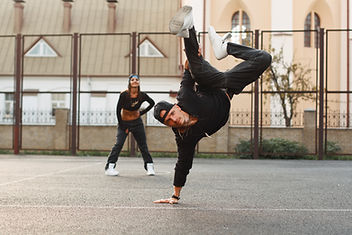
Urban Dance
Urban Dance will explore the multitude of styles that are related to street dance. Some of these styles or forms include Hip-Hop, Krump, Pop & Lock, House, Animation and Breaking. Dancers will gain an understanding of the urban dance culture and immerse themselves into a dance form that has been heavily influenced by communities all over the world.
Musical Theatre
Musical Theatre is based from the broadway stage and combines elements of Jazz and acting to create a fun environment. Dancers learn how to develop a character, explore different facial expressions, how to lip sync in coordination with the music, and explore exaggerated movement to enhance the performance experience. It is recommended that the dancer takes Jazz alongside this discipline.
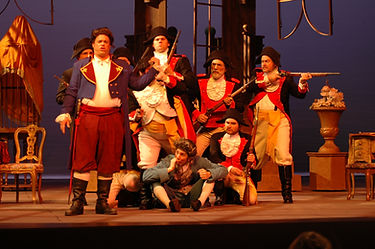

Contemporary
Contemporary is a style that is open to interpretation by the dancers and choreographers. The style combines elements of modern, lyrical, ballet and/or jazz. Contemporary allows dancers to explore mature movement and concepts that opens the mind to new movement possibilities. It is recommended the dancer is enrolled in Lyrical before exploring this discipline.
Conditioning
Conditioning is geared to improving the technical skill of all dancers. Through special theories such as CI Training, Bartenieff Fundamentals, and Laban Movement Analysis dancers will learn to stretch and strengthen their bodies in a holistic way. This will enhance the dancers technical training in other classes and prepare them for performing on the stage.
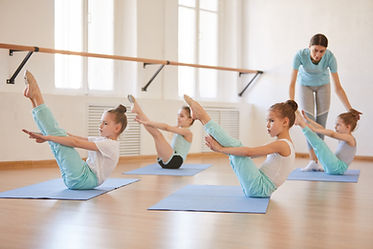
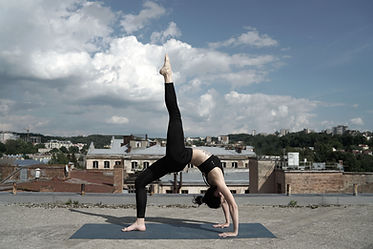
Acrobatics
Acrobatics seamlessly blend gymnastic tricks and elements with dance movements and transitions. Dancers will safely learn specific tricks for their age level guided by acrobatic certified faculty. Dancers focus on both strength and flexibility elements during class to find balance in their acrobatic work and movement. It is recommended the dancer is also enrolled in Ballet and/or Jazz alongside this discipline.
Lyrical
Lyrical is a style that combines ballet and jazz dance techniques. This style concentrates on expressiveness of emotions such as love, joy, grief or anger. Movements in lyrical are fluid, continuous, and graceful, with the dancer flowing seamlessly from one move to another with little to no stopping. It is beneficial for a dancer to explore this discipline before exploring contemporary dance.
